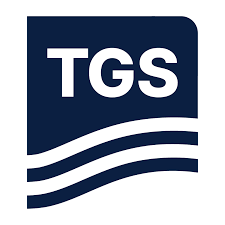Polymetallic nodules contain a mix of metals, including nickel, copper, cobalt, and manganese, making them a valuable resource for industrial applications and an important contributor to the global supply of critical minerals. The industry remains concerned about mineral availability and the environmental impacts of mining practices. Sustainable mining technologies are expanding, but their effective implementation continues to be a challenge. The coming years will be crucial, with key factors including operational efficiency, cost management, strategic independence from land-based mining, and alignment with environmental, social, and governance targets.
How Deep Sea Mining is Optimising Resource Extraction
Deep sea mining involves not only the extraction but also the processing of minerals such as polymetallic nodules and hydrothermal vent deposits. Innovations that connect mining operations with onshore processing facilities are expected to make resource extraction more efficient, creating a streamlined supply chain that could also support other industries. The growing emphasis on data collection and visualisation is increasingly important. Many industry leaders are also beginning to acknowledge the underexplored mineral deposits that remain largely hidden. Modern mapping technologies and AI-enhanced predictive models are helping to reduce operational costs in some areas. There is also an increasing market demand for resource management systems, which support new operational models such as real-time resource tracking.
Networking between subsea exploration assets and onshore processing sites is increasing, with specific requirements on both sides. Companies are evolving into both producers and processors, taking on roles in mineral extraction as well as processing.
Today, mining operations extract minerals from the seabed, which are then either processed on-site or transported to onshore facilities. Advanced subsea technologies now make it possible to optimise these processes, reducing losses and enabling part of the mineral processing to be carried out at the source. This results in more efficient operations, greater flexibility, and increased self-sufficiency. Alongside seabed minerals, the by-products of deep sea mining also contribute to the industry’s sustainability efforts.













